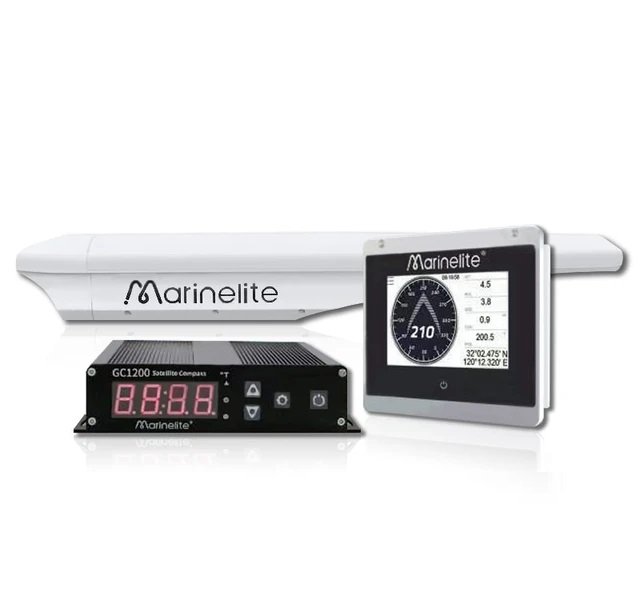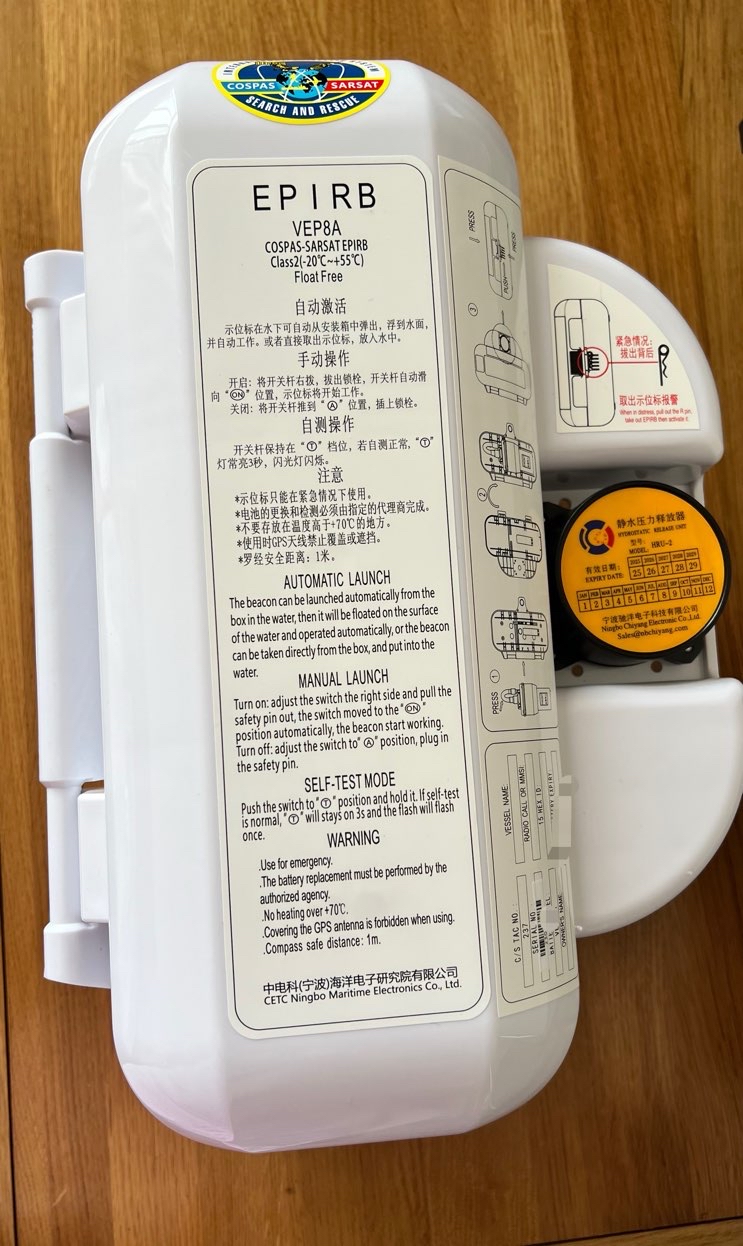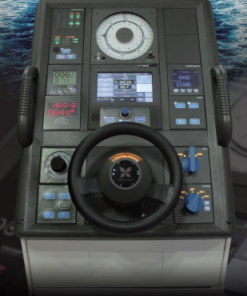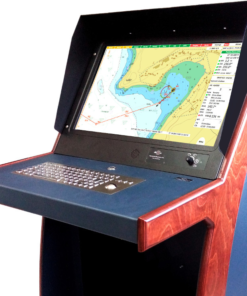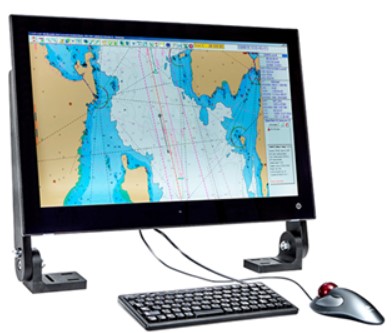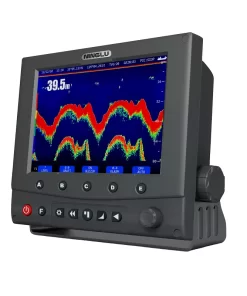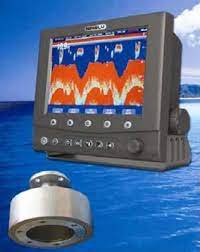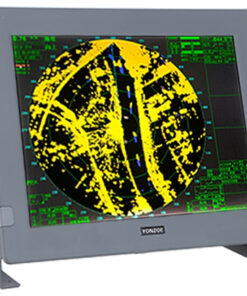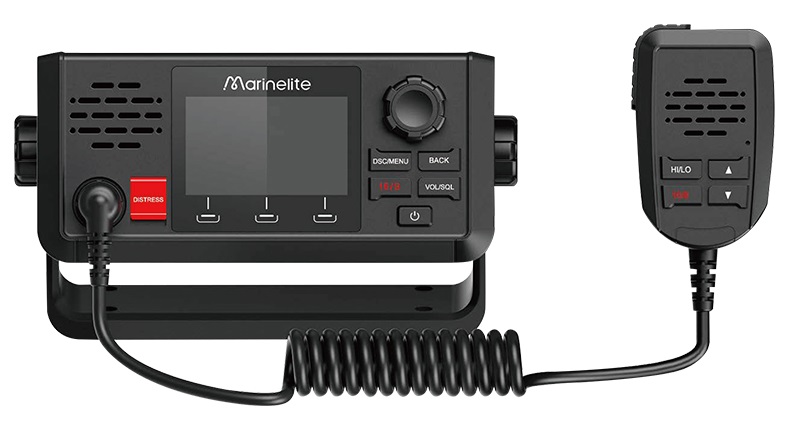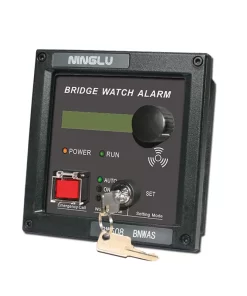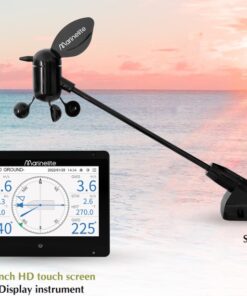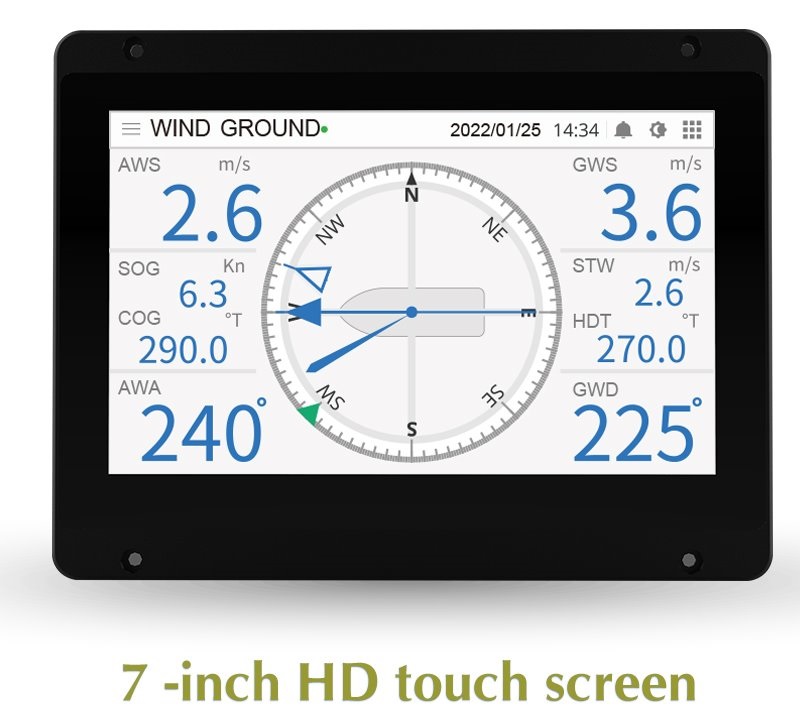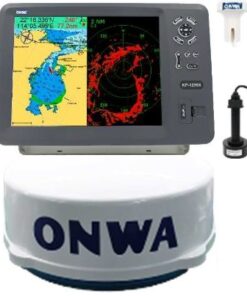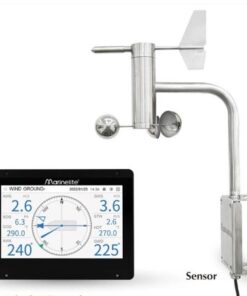| What are fenders? |
Fenders are devices used to protect vessels, docks, and other structures from damage caused by contact during docking or mooring. |
| What materials are fenders made of? |
Fenders can be made of various materials including rubber, plastic, foam, and inflatable materials. |
| What are the different types of fenders? |
There are several types of fenders including cylindrical, pneumatic, cone, arch, and cell fenders, each designed for specific applications and vessel sizes. |
| How do fenders work? |
Fenders absorb the kinetic energy generated during contact between the vessel and the dock, reducing impact forces and preventing damage to both the vessel and the structure. |
| Where are fenders typically installed? |
Fenders are installed along the sides of vessels, on docks, piers, and marinas, and on other structures that may come into contact with vessels during docking or mooring. |
| How do you choose the right fender? |
The right fender should be selected based on factors such as vessel size, weight, and the conditions of the docking area. |
| How are fenders attached to vessels and structures? |
Fenders can be attached using ropes, chains, straps, or other securing mechanisms, depending on the type of fender and the application. |
| How do you maintain fenders? |
Fenders should be inspected regularly for signs of wear, damage, or deterioration, and cleaned and treated as necessary to prolong their lifespan. |
| Are there regulations governing the use of fenders? |
There are no specific regulations governing the use of fenders, but they are considered essential safety equipment for vessels and are often required by port authorities and maritime regulations. |
| Where can you purchase fenders? |
Fenders can be purchased from marine equipment suppliers, online retailers, and specialty stores catering to boating and maritime industries. |




